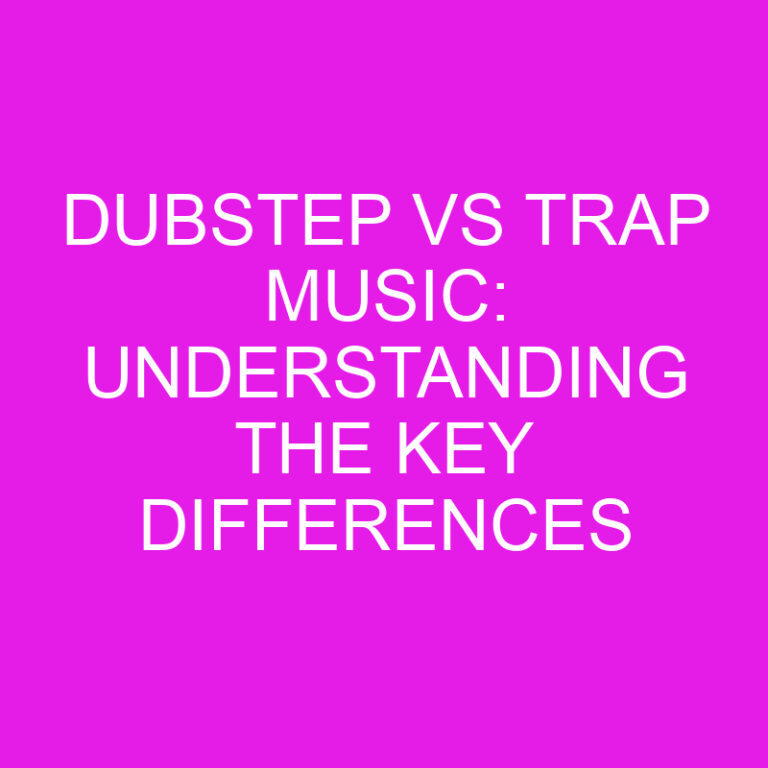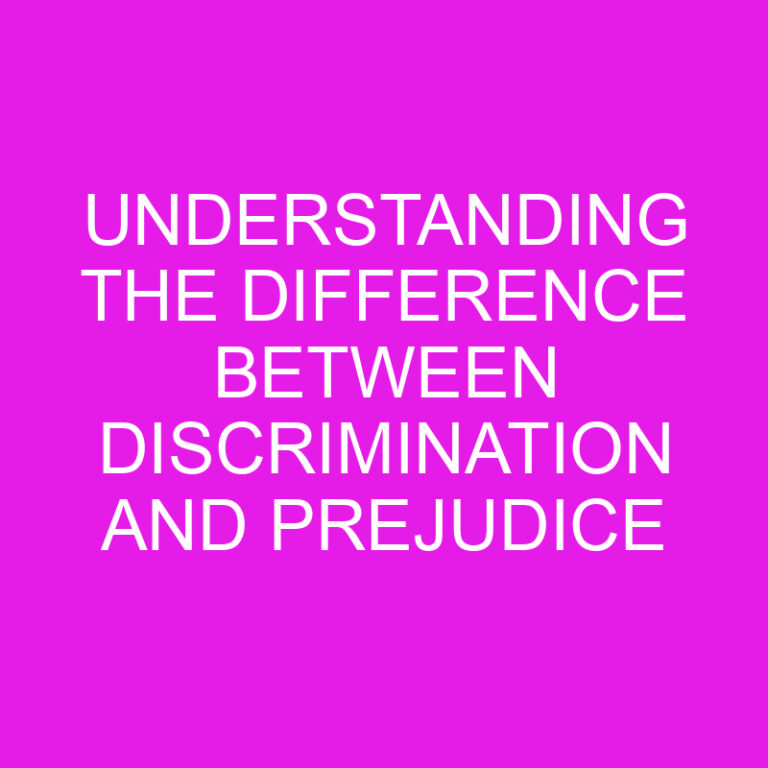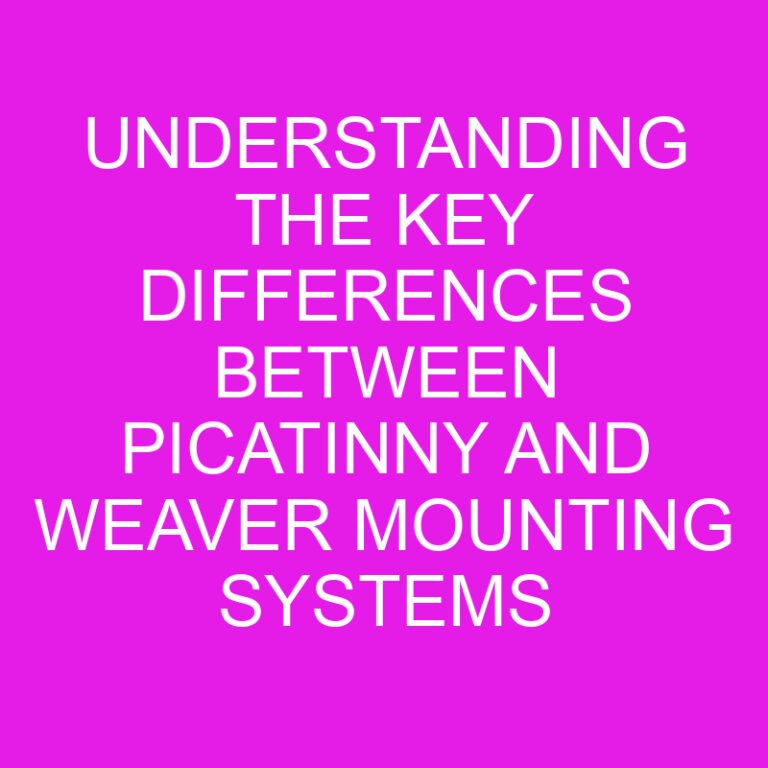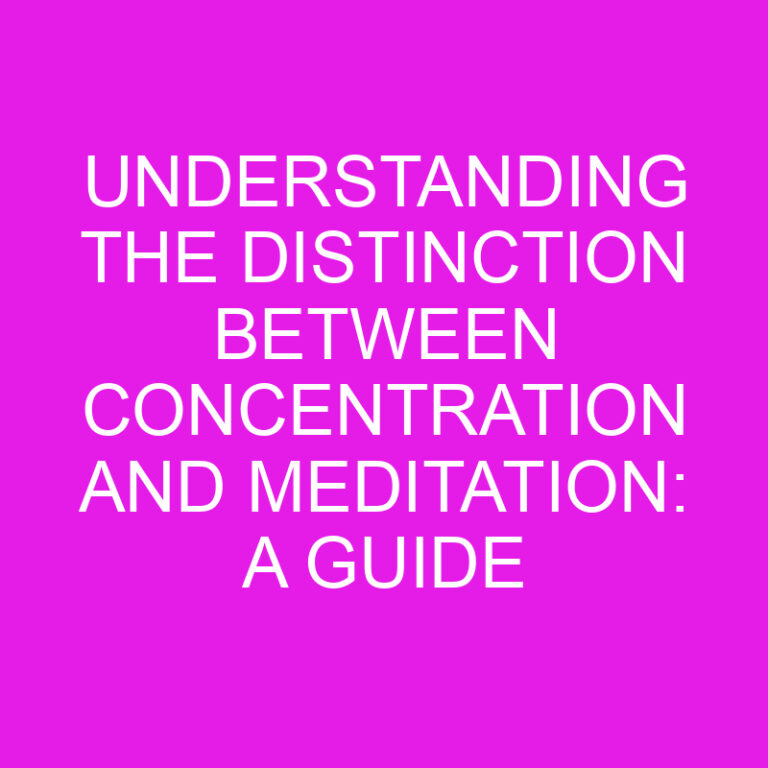
Have you ever found yourself confused between the Italian verbs “essere” and “stare”? Don’t worry, you’re not alone! Many Italian learners struggle to understand the nuances between these two commonly used verbs. In this article, I’ll break down the key differences between “essere” and “stare” to help you use them correctly in your Italian conversations.
“Essere” and “stare” both translate to the English verb “to be,” but they have distinct meanings and uses in Italian. Understanding when to use each verb is essential for expressing yourself accurately in Italian. So, whether you’re a beginner or an intermediate learner, let’s dive into the differences between “essere” and “stare” and unravel the mystery behind these two important verbs in the Italian language.
Post Contents
Key Takeaways
- “Essere” and “stare” are both Italian verbs that translate to the English verb “to be,” but they have distinct meanings and uses.
- “Essere” is primarily used to express identity, nationality, profession, physical characteristics, existence, possession, and time and date.
- “Stare” is used to indicate location and position, describe temporary conditions or ongoing actions, and is often found in expressions and idioms.
- “Essere” is an irregular verb, while “stare” is a regular verb.
- Memorizing the conjugations of both “essere” and “stare” is important for accurate usage in different situations.
- “Essere” is used for expressing identity and characteristics, while “stare” is used for temporary states and locations.
Meaning and Usage of “Essere”
When it comes to learning Italian, understanding the difference between “essere” and “stare” is essential. In this section, I will focus on the meaning and usage of “essere.”
- “Essere” is the Italian verb for “to be.” It is a highly versatile verb that is used in a variety of contexts.
- The primary function of “essere” is to express identity, nationality, profession, and physical characteristics. For example: “Sono italiano” (I am Italian) or “È un medico” (He is a doctor).
- “Essere” is also used to express existence or possession. For example: “Ci sono molti libri sulla mensola” (There are many books on the shelf) or “È mio!” (It’s mine!)
- Additionally, “essere” is used to indicate the time and date. For example: “Sono le dieci” (It is ten o’clock) or “È il primo maggio” (It is the first of May).
Remember that “essere” is an irregular verb, which means it doesn’t follow the regular conjugation patterns. Here’s a brief overview of how “essere” is conjugated in the present tense:
| Pronoun | Conjugation |
|---|---|
| io | sono |
| tu | sei |
| lui/lei | è |
| noi | siamo |
| voi | siete |
| loro | sono |
Meaning and Usage of “Stare”
Now that we have explored the meaning and usage of “essere,” let’s turn our attention to its counterpart, “stare.”
The Italian verb “stare” is also translated as “to be,” but it carries a different nuance and is used in specific contexts. While “essere” expresses more permanent states and identities, “stare” is used to describe temporary conditions or ongoing actions.
Here are some key points to understand about the meaning and usage of “stare”:
- Location and Position: “Stare” is commonly used to indicate someone’s location or position in a certain place. For example, if I want to say “I am at home,” I would use “sto a casa.”
- Health and Emotions: “Stare” is also used to talk about how someone is feeling or their general state of health. For instance, if I want to say “I am feeling good,” I would say “sto bene.”
- Ongoing Actions: “Stare” can indicate ongoing actions or activities. For example, if I want to say “I am studying,” I would use “sto studiando.”
- Expressions and Idioms: “Stare” is often found in several common Italian expressions and idioms. For instance, “stare attento” means “to pay attention,” and “stare zitto” means “to be quiet.”
It’s important to note that “stare” is conjugated differently than “essere” in the present tense. Here is a sample conjugation of “stare” in the present tense:
| Pronoun | Conjugation |
|---|---|
| Io | sto |
| Tu | stai |
| Egli | sta |
| Noi | stiamo |
| Voi | state |
| Essi | stanno |
Remember, practice is key in mastering the usage of “stare.” As you encounter different situations and contexts, you’ll become more familiar with when to use “stare” instead of “essere.”
Differences in Conjugation
When it comes to conjugating verbs in Italian, understanding the differences between “essere” and “stare” is essential. Let’s dive into the conjugation of these two verbs so you can differentiate them easily.
Conjugating “Essere”
The verb “essere” means “to be” in English. It is an irregular verb, which means it doesn’t follow the regular conjugation patterns like most Italian verbs do. Here’s a breakdown of its conjugation in the present tense:
| Pronoun | Italian | English |
|---|---|---|
| Io | sono | I am |
| Tu | sei | you are |
| Egli | è | he is |
| Noi | siamo | we are |
| Voi | siete | you are |
| Essi | sono | they are |
As you can see, “essere” has its own unique forms in Italian. It’s important to memorize these conjugations to use the verb correctly in various situations.
Conjugating “Stare”
On the other hand, “stare” is the Italian verb for “to be” in the sense of location, position, or temporary conditions. Unlike “essere,” “stare” is a regular verb, which means it follows the standard conjugation patterns. Here’s how “stare” is conjugated in the present tense:
| Pronoun | Italian | English |
|---|---|---|
| Io | sto | I am |
| Tu | stai | you are |
| Egli | sta | he is |
| Noi | stiamo | we are |
| Voi | state | you are |
| Essi | stanno | they are |
The conjugation of “stare” is much more straightforward and similar to other regular verbs in Italian. It’s worth noting that “stare” is often used in progressive tenses to describe ongoing actions or activities.
Remember, mastering the conjugation of both “essere” and “stare” will enable you to express yourself accurately and confidently in Italian.
Using “Essere” for Identity and Characteristics
One of the key uses of the verb “essere” in Italian is to express identity and characteristics. It allows us to describe who or what someone is and to provide information about their qualities or attributes. Let’s take a closer look at how we use “essere” in these contexts.
Identity
When we want to say who someone is, we can use “essere” followed by a noun or an adjective. Here are a few examples:
- Sono un insegnante (I am a teacher)
- È mia sorella (She is my sister)
- Siamo italiani (We are Italian)
In these sentences, “essere” helps us establish the identity of the person or thing we are talking about. It tells us what they are or what they are like.
Characteristics
“Essere” is also used to express characteristics and qualities. We can use it with adjectives to describe physical or personality traits. Here are a few examples:
- È alta (She is tall)
- Sono felice (I am happy)
- Siamo affamati (We are hungry)
In these sentences, “essere” allows us to convey information about the attributes or qualities of the subject.
Remember that “essere” is an irregular verb, so its conjugation doesn’t follow the usual patterns of regular verbs. It’s important to familiarize yourself with its forms in the present tense to use it correctly.
Using “Stare” for Temporary States and Locations
When it comes to expressing temporary states and locations in Italian, “stare” is the verb you need to use. As I mentioned earlier, “stare” is a regular verb, which means it follows the standard conjugation patterns. This makes it a much simpler verb to use compared to the irregular verb “essere.”
Let’s take a look at how “stare” is conjugated in the present tense:
| Pronoun | Conjugation |
|---|---|
| io | sto |
| tu | stai |
| lui/lei | sta |
| noi | stiamo |
| voi | state |
| loro | stanno |
Now let’s explore how “stare” is used for temporary states and locations:
- Temporary States: When you want to express a temporary state, such as feeling, health, or emotions, “stare” is the go-to verb. For example:
- “Sto bene.” (I am well.)
- “Stai male?” (Are you feeling sick?)
- “Loro stanno felici.” (They are happy.)
In these sentences, “stare” is used to describe how someone is feeling at that specific moment. It’s important to note that “stare” is used here instead of “essere” because these states are not permanent.
- Locations: “Stare” is also commonly used to indicate someone’s location. For instance:
- “Sono a casa.” (I am at home.)
- “Sto in ufficio.” (I am in the office.)
- “I ragazzi stanno al mare.” (The kids are at the beach.)
In these examples, “stare” is used to convey where someone is located temporarily.
Remember, when you want to express temporary states or locations in Italian, “stare” is the verb to use. Practice using “stare” in different contexts to become more comfortable with its conjugation and usage.
Conclusion
Understanding the difference between the Italian verbs “essere” and “stare” is crucial for mastering the language. Throughout this article, I have provided a breakdown of the conjugation of both verbs in the present tense and explored the uses of “stare” for expressing temporary states and locations.
By now, you should have a clear understanding that “stare” is a regular verb that follows standard conjugation patterns, making it simpler to use compared to “essere.” It is commonly used to describe temporary states such as feelings, health, and emotions, as well as to indicate someone’s temporary location.
To become more comfortable with the usage of “stare,” it is important to practice conjugating and using it in different contexts. This will help you develop a natural feel for when to use “stare” instead of “essere” in your conversations.
Remember, mastering the distinction between “essere” and “stare” will greatly enhance your ability to communicate effectively in Italian. So keep practicing and soon you’ll be using these verbs with confidence.
Frequently Asked Questions
Q: What is the article about?
A: The article discusses the difference between the Italian verbs “essere” and “stare” and provides a breakdown of their conjugation in the present tense.
Q: How is the verb “stare” used?
A: “Stare” is used for expressing temporary states and locations. It describes temporary states such as feelings, health, and emotions, as well as indicates someone’s temporary location.
Q: Is “stare” a regular verb?
A: Yes, “stare” is a regular verb and follows the standard conjugation patterns, making it simpler to use compared to “essere.”
Q: What is the importance of practicing the conjugation and usage of “stare”?
A: Practicing the conjugation and usage of “stare” in different contexts helps to become more comfortable with the verb and use it correctly.






